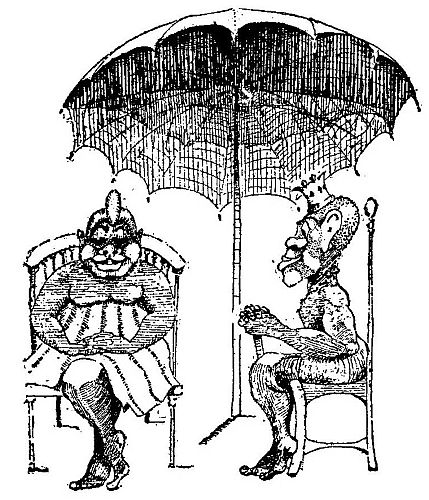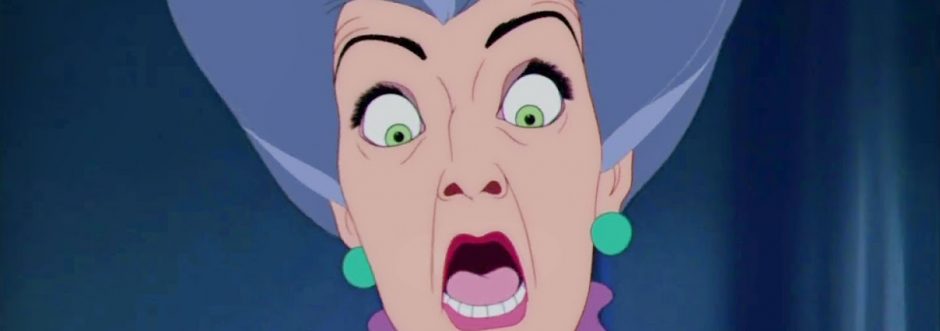(TW: This post contains one racist illustration from literature.)
We finally have a second installment of the Newbery Challenge! It really shouldn’t have taken this long to get through one book, but you see, I had to read two novels!
The Voyage of Doctor Dolittle is the second installment of the Doctor Dolittle series. Being a bookworm, I had to revisit Book 1 first to compare to Book 2. When I was a wee lass, I read my grandmother’s aged copy of The Story of Doctor Dolittle. Upon rereading a copy recently, I was pleasantly surprised to find out most of the racist qualities had been removed. I had been bracing myself, you see, for some fleeting memories of outrageous depictions of African peoples.
This second book, unlike the The Story of Doctor Dolittle, is from the point of view of a boy who becomes an apprentice for the doctor. I can just see publishers then, telling author Hugh Lofting, “Yeah, yeah, the first book was great. But I’m not sure of the child reading this really knew this was written for them. Insert a child main character to hammer in this concept of literature for children.”
Honestly, I don’t know why this book won the Newbery Medal. Then again, I didn’t read the runners-up. That’s a challenge for another day.
Allow me to list the positives for both books first. Rereading Story, I got to revisit the true pleasure it is knowing these animal characters. Jip the dog! Gub-gub the pig! Dab-dab the duck! Chee-chee the monkey! Remembering their names alone reacquainted me with their personalities. Much like one of my favorite books, Charlotte’s web, these Dolittle books show a pro-animal mentality. Pets and other animals need doctors, after all, so why not learn their language to better serve them? The concept of giving glasses to a normal old horse was revolutionary to me when I was a kid. Rereading Story made me excited to rediscover the Pushmi-Pullyu! I also remembered that this book taught me the word “stowaway.”
The same pleasures could be said for the discovery of the Great Glass Sea Snail, and, at last, the meeting of Dolittle and “the greatest naturalist ever born,” Long Arrow. The voyage Dolittle went on in Voyages was exciting, to be sure, but the the narrator of child apprentice Tommy Stubbins stilted everything. I wanted to hear more from Dolittle’s animal friends, who went all but silent, unless you count Polynesia who can’t shut up. (It turns out that in the movie staring Rex Harrison, Stubbins is even more annoying and pointless. You also get a cathartic laugh when Dolittle tries to speak to the natives of Spider Monkey Island in broken English, to which one of them replies, “What a funny accent.”)
Now for the glaringly bad parts. Both Eurocentricism and the ignorance of African regions are quite evident in this work of fiction. Even as a kid reading The Story of Doctor Dolittle for the first time, I cringed at depictions of Prince Bumpo and his family. Moreso, we have AN ENTIRE CONTINENT Dolittle travels to and it’s simply referred to this blob of land called “Africa.” Never mind the vast differences between the desert and the jungle, let alone north and south regions. Nope. Just Africa.

Being a curious kid who will finish any book I put my mind to, I read Story in its entirety. Racism and all. Those awful depictions were an education to how people used to think, one I was loathe to reread. One can write an entire post on this subject. I refer you to the blog posts of Philip Nel and Leaves & Pages for further discussion. The debate between this and other books clearly isn’t new.
Bumpo rejoined the cast in Voyages and I was pleased to see him as I am rooting for his well-being. However, I made note to pay attention to how he was written. In the rewrite of Story, he’s portrayed as a dreamy bookworm with a somewhat flowery way of speaking. (I especially loved it when he said they should “tiptoe incognito” someplace.) I was pleased to find out in Voyages that he has attended Oxford. Well done, good chap! But as soon as he joins everyone one their sea voyage, he appears to be shoved into the role of cook. Exqueeze you? He’s a prince! I’m no royalist, but Bumpo should be the one giving orders here.
I was further miffed (to say the least) when the illustrator of my copy, Scott McKowen, drew Bumpo’s clothes in a suspicious way. He and Dolittle lived through the same shipwreck, but Bumpo is drawn wearing clothes that resemble a slave’s while Dolittle is in full dress. Why didn’t Dolittle’s clothes get ripped up in the wreck? Why wouldn’t Bumpo change into his usual attire as Dolittle did? Bumpo is described as wearing “a fahionable frock coat with an enormous bright red cravat.” Where’s that, Scott? I was promised a cravat!
I’m sorry to say that I didn’t pay as much attention to Long Arrow. I’m simply thankful Lofting didn’t write him speaking broken English. Rather, he and Dolittle had to speak to each other in Eagle because it was the only language they shared in common. I’m not sure I liked McKowen’s illustrations for Long Arrow, either. I’m not sure about anything anymore.
And then there’s Polynesia the parrot. She’s said to be so wise and cultured, yet she constantly refers to the color of Bumpo’s skin and in Voyages she doesn’t speak kindly about the natives of Spider Monkey Island. She may be a vessel for Lofting’s prejudices. Before I carry on too much, let me say this is a series I won’t be continuing.
As I close this blog post, I’m thankful children’s literature has gotten better in terms of writing and most certainly with its correction of prejudices. I have a long way to go with this Newbery Challenge, and we all still have a long way to go for the future of literature.
